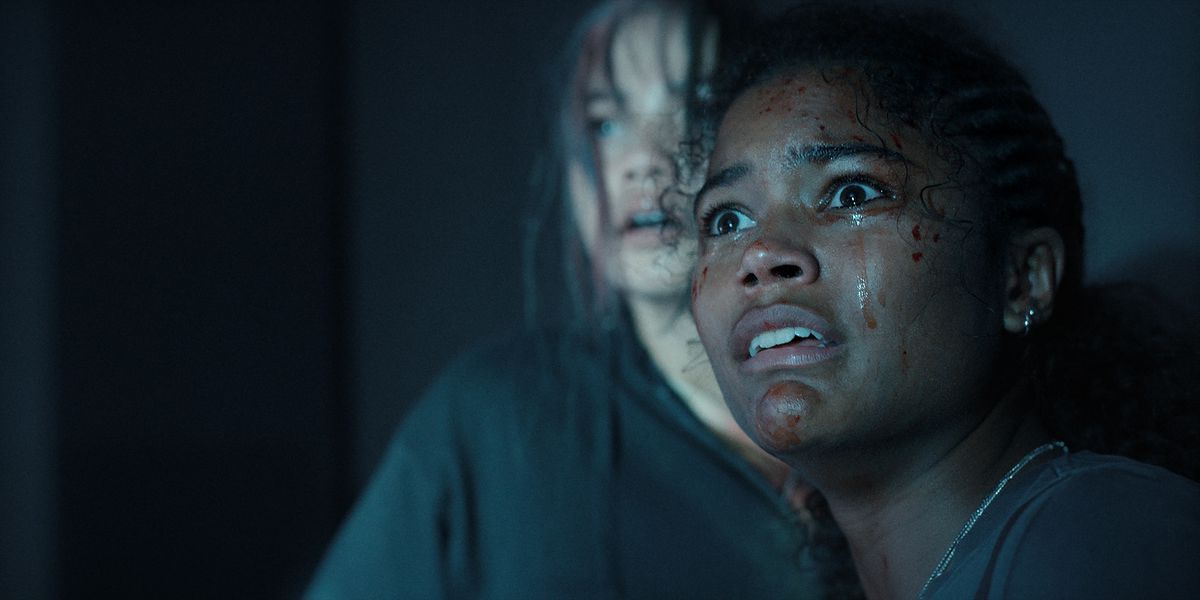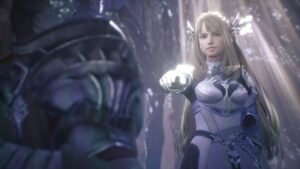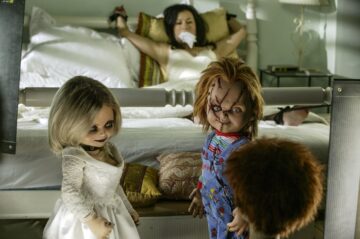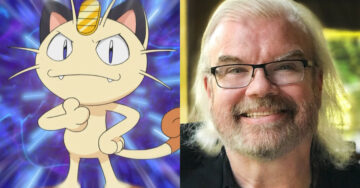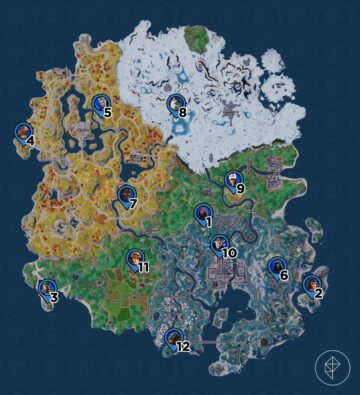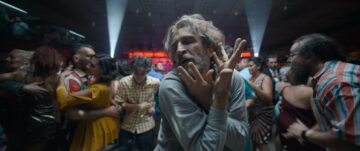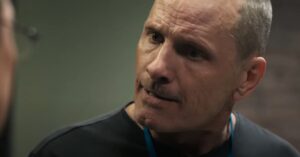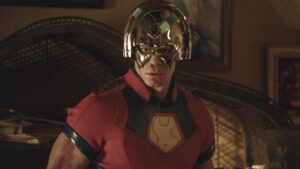Resident Evil can be just about anything. The long-running series, which started as a video game in 1996, has an elastic world that has successfully hosted everything from zombies and sea monsters to secret agents and powerful psychics without ever worrying too much about complex explanations. However, the biggest surprise about Netflix’s new Resident Evil series from creator Andrew Dabb (Supernatural) is its careful devotion to the series’ weird, and often tampered with, canon — and just how boring the show is as a result.
Netflix’s Resident Evil series follows Jade Wesker (Ella Balinska) across two different time periods. The first is in 2022, when, at 14 (this version played by Tamara Smart), she and her twin sister, Billie (Siena Agudong), and their dad, Albert Wesker (Lance Reddick), one of the most important antagonists in the Resident Evil franchise, move to New Raccoon City for his continued work with the shady Umbrella Corporation. The show’s second time period takes place in 2036, after the world has become overrun with zombies that first appeared in New Raccoon City… in 2022.
The earlier timeline is what works best for Resident Evil. In its most entertaining moments, it’s a straightforward Netflix teen series — some of the platform’s most reliably enjoyable content, though never its best — with some light horror elements thrown on top. Reddick is great as an overworked-genius father who can’t pull himself away from work long enough to be a parent, and teens Jade and Billie are fun as sisters with very different personalities trying to fit in at a new school.
One of the series’ best scenes comes early on when Albert has to bail Billie out after some trouble at school. Reddick’s Wesker shows up, flexes his power and importance to Umbrella and terrifies the other parent into dropping the issue completely. Albert threatens to have the man not only fired from Umbrella, but blacklisted from ever working anywhere again, turning the flow of the meeting around so completely even the principal sits back to let him do his thing. It’s all of the ’90s bravado of video game Wesker focused into dad mode, instead of the usual nefarious and evil plots that game-Wesker got up to. If this scene set the tone for the entire show, it might have made for a fun offshoot and addition to the Resident Evil universe, but it’s more the exception than the rule.
Photo: Netflix
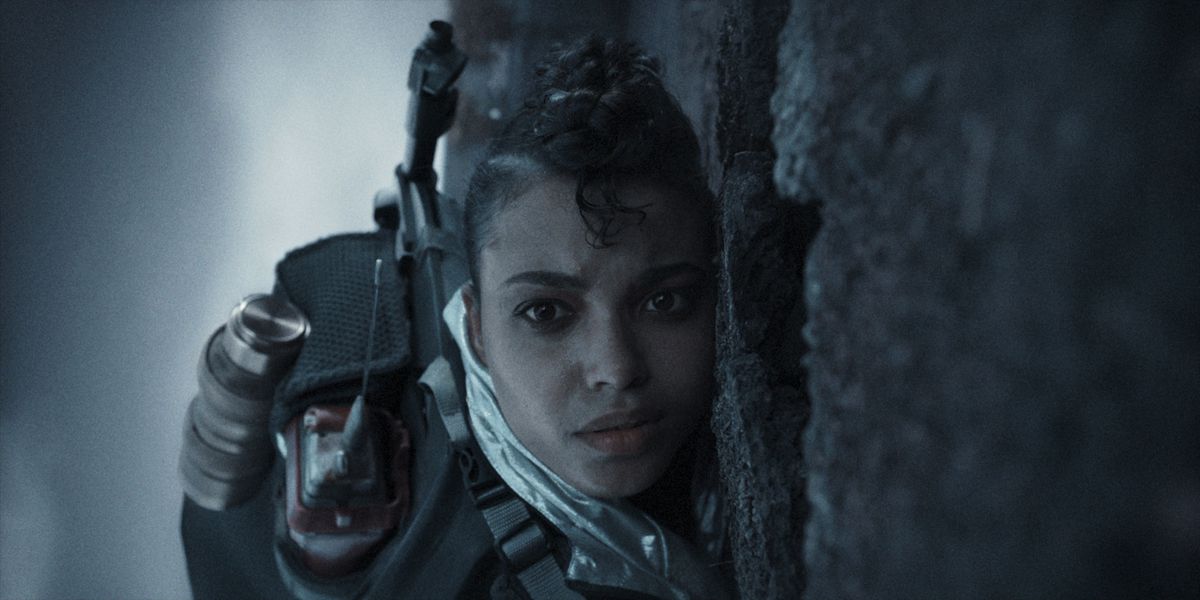
Photo: Netflix
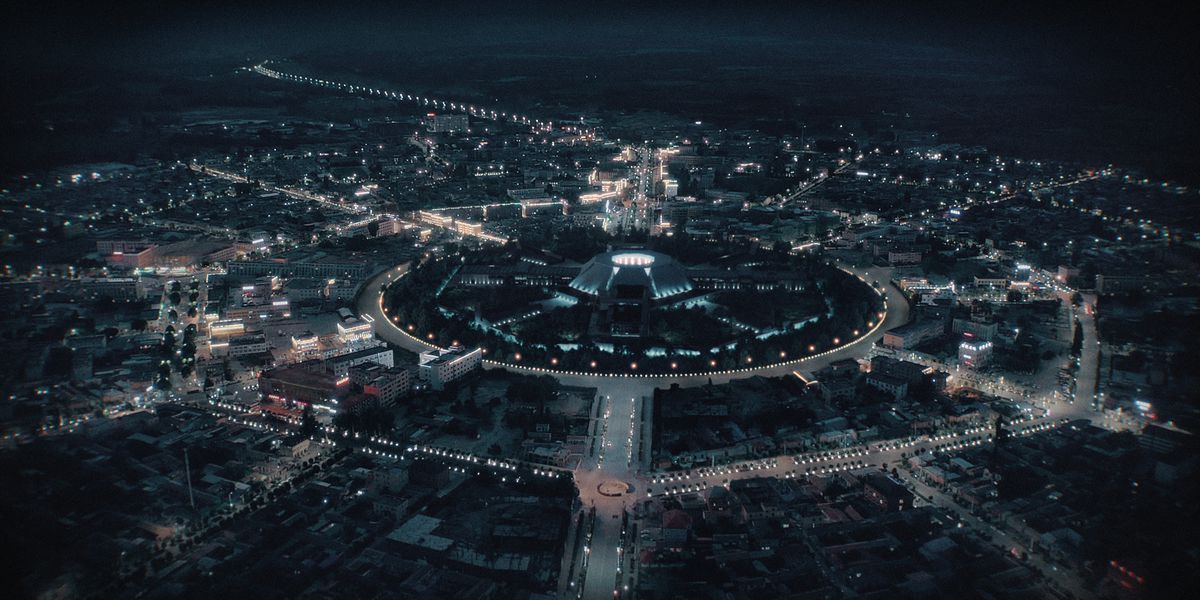
Photo: Netflix
Instead, the 2022 part of the plot line falls prey to the series’ race toward the inevitable outbreak, giving us less high school drama in favor of boring Umbrella shenanigans, especially as the first season wears on. In the 2036 section of the story, things get a little weirder and a little worse for Resident Evil. The world, we’re told, is now occupied by 6 billion zombies and just a few hundred thousand humans. As Jade runs through this world with Umbrella hot on her heels for reasons that aren’t fully explained, we get a brief tour of the postapocalypse.
The uninfected humans have sectioned the world off into small kingdoms ruled by forces called things like the Brotherhood. At first, this seems like it could be an interesting setup for the show to give us some compelling world-building, but instead it mostly turns out to be recycled tropes, like the religious zealots, historians who want to preserve the old world, scrappers, and a totalitarian state with the only remaining technology — Umbrella, in this case.
What’s worse, the dialogue in these sections is particularly awful, a potent combination of unnecessarily exposition and awful jokes. Each of these flash-forwards also tends to end with a dull and lifeless action scene, so even if the show stumbled on an interesting character in 2036, their fate would be a foregone conclusion.
Despite all these issues, and the fact that it’s just not that fun to watch, it does seem like Netflix’s Resident Evil show may serve some kind of purpose. For the hardest of hardcore Resident Evil fans, the series offers some interesting explorations of a world that’s been changed and discarded more than a few times by series publisher Capcom.
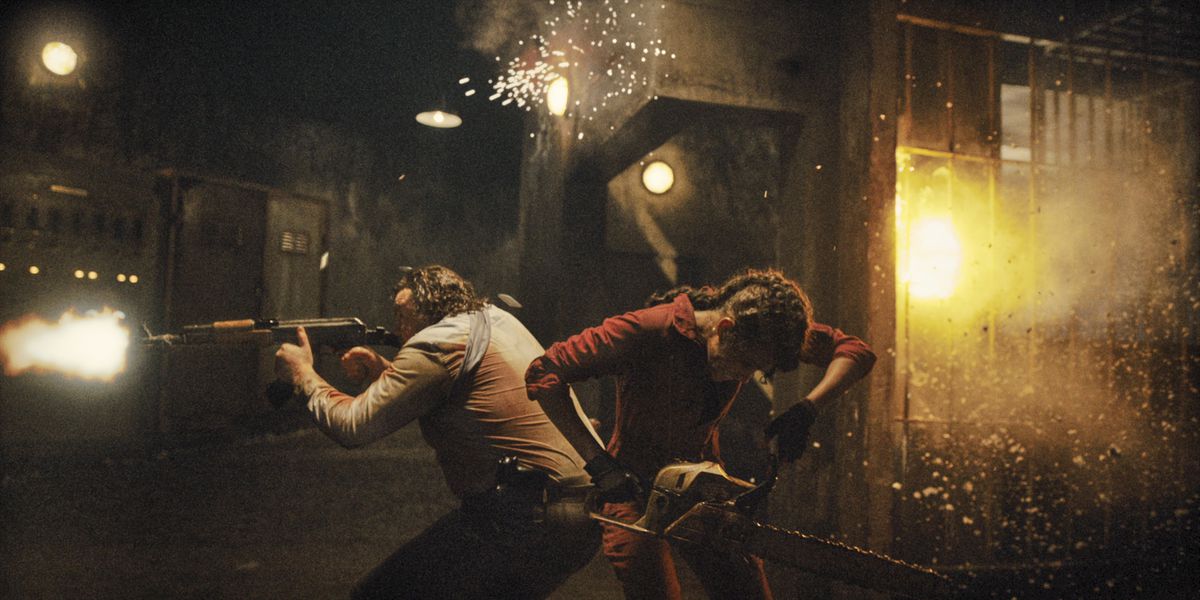
Photo: Netflix
According to Dabb, the series is set inside the same world as the games. Everything that happened in Resident Evil’s canon entries (which is a complicated web to untangle by itself) has happened here. If this leaves longtime fans scratching their heads about a few very specific characters, Dabb says that’s by design and that those questions will be answered in time. Unfortunately, we have no indication of whether or not the series itself will be considered canon in the games, so even if this is the best reason to watch the show, it’s hard to imagine it as more than a fanfiction detour (this is particularly true considering that we have no indication that the world ends in 2036 in the games, a year that their canon is already one year past).
Resident Evil as a franchise is at its best when it’s treated more like a toy box than a revered IP. You can pull out a Wesker here, a zombie there, or you can just make a weird story and throw Umbrella logos over the ending. It’s an approach that worked for both Paul W.S. Anderson’s incredibly entertaining six-film series and for the mainline, numbered Resident Evil games. Resident Evil isn’t exactly The Twilight Zone; there’s a definite sense of shared universe and some light rules. But the best entries let good ideas carry them to interesting and scary places, canon be damned (in the case of the last two games, those places were a Louisiana swamp and a cursed village in Eastern Europe ruled over by a competing clan of monsters).
But instead of using the world as a loose justification for the weird horrors that lurk in the corners, Netflix’s series spends most of its time desperate to justify its own existence in the Resident Evil Universe™, and none building a new story that’s worth caring about.
